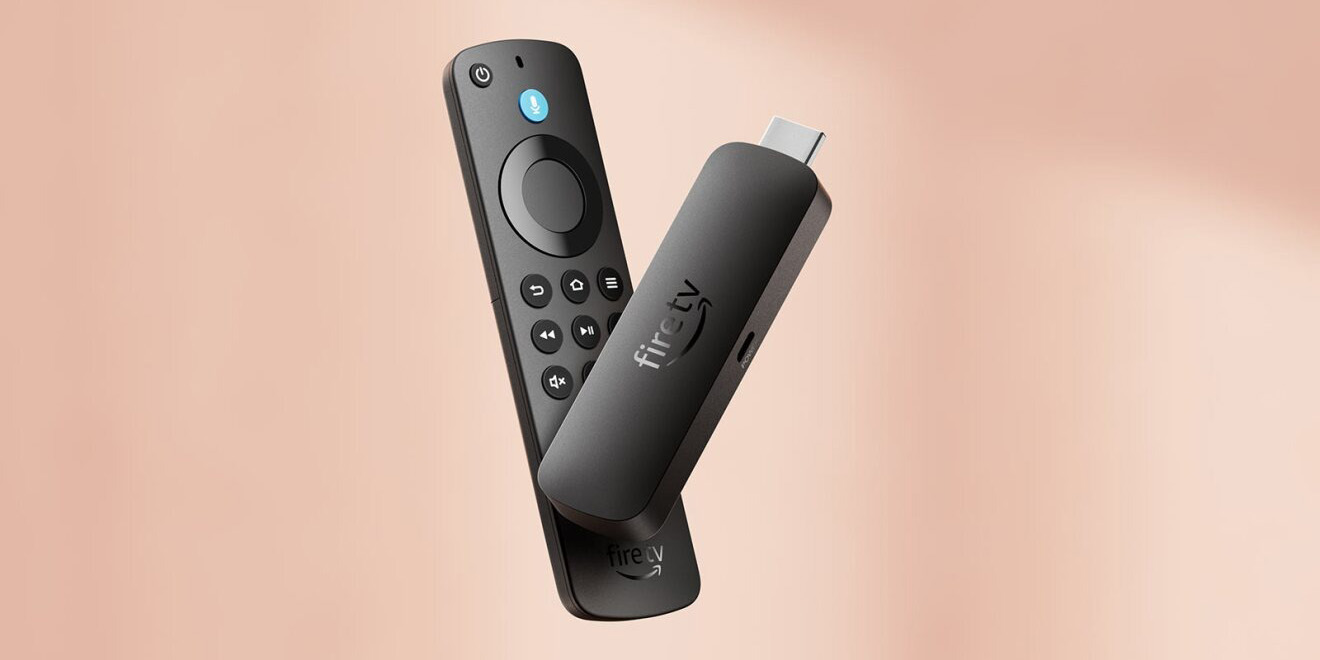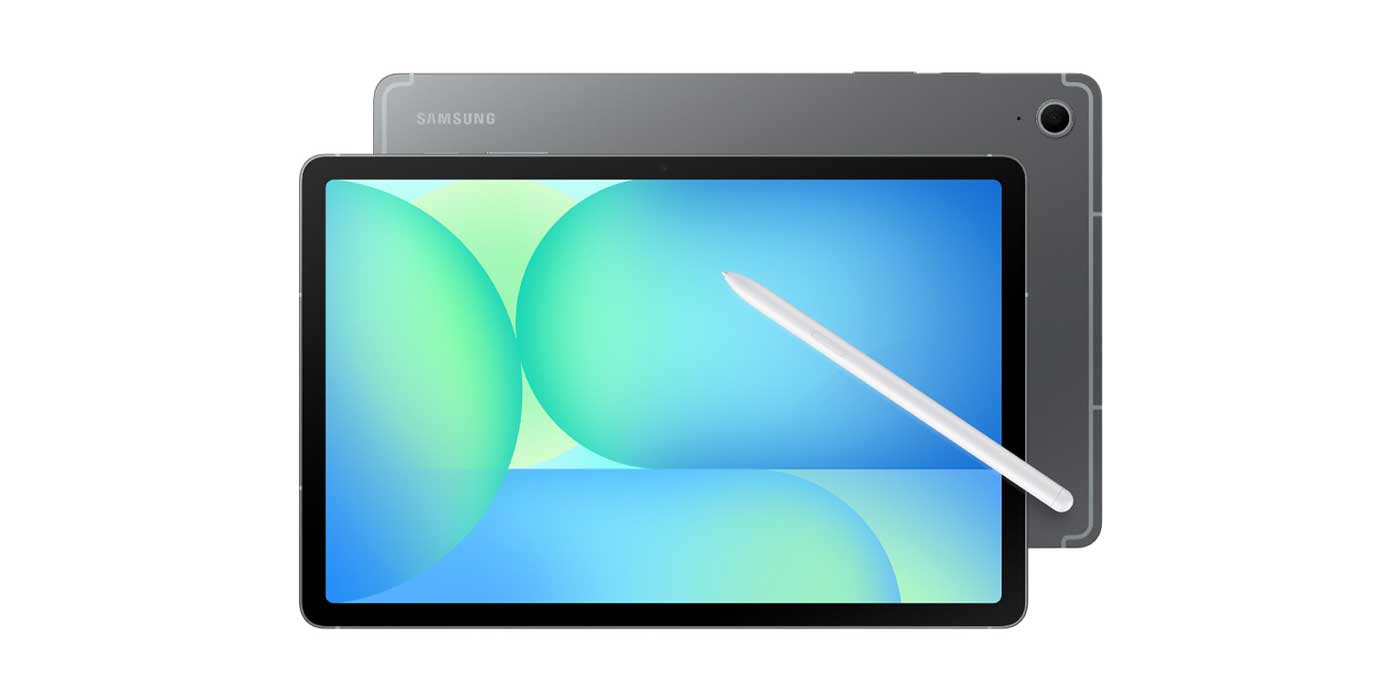Article Title:
Amazon’s Dual OS Strategy: Android Continues on Fire TV as Vega OS Targets Low-End Devices
Amazon has recently unveiled Vega OS, a new operating system designed to enhance performance on low-end devices. Despite this development, the company has confirmed that it will continue to utilize Android for its Fire TV lineup, indicating a dual operating system strategy tailored to different hardware capabilities.
Vega OS was introduced approximately a month ago as Amazon’s in-house platform, intended to replace Android on certain devices. This new system necessitates the development of new applications and introduces significant changes. Notably, it enables devices like the Fire TV Stick 4K Select, which operates with minimal hardware resources, to function efficiently. Some non-native applications on these devices are streamed from the cloud to maintain performance.
Despite the launch of Vega OS, Amazon has clarified that it is not abandoning Android. Robert Williams, Amazon’s Vice President of Device Software & Services, stated in a LinkedIn post that the company will continue to build on it and with Android. This sentiment was highlighted in a Fast Company article, which also noted Williams’ assertion that Amazon aimed to create a system more purpose-built for consumer electronics devices that was faster and used more modern components and design.
The Fast Company article, authored by Janko Roettgers, delves into the motivations behind Amazon’s development of Vega OS, suggesting that the platform serves as an insurance policy against Google. This perspective underscores Amazon’s desire for greater control over its software ecosystem and a reduced reliance on external platforms.
In a statement to Android Authority, Amazon emphasized that Fire OS remains integral to its product lineup. The company indicated that Vega OS is primarily focused on low-end hardware, such as the Fire TV Stick 4K Select and Echo devices. Amazon elaborated:
> We’re a multi-OS company, and Fire OS isn’t going anywhere. Vega OS gives us the flexibility to create premium experiences at every price point—notably on smaller, more affordable devices that run on low memory footprints, but also on larger devices running complex AI programs such as Alexa+. Creating and managing our own operating system lets us innovate across the whole tech stack within our devices where we need it.
This statement suggests that while Vega OS is currently targeted at lower-end devices, it may eventually be utilized in higher-end products. However, the immediate focus remains on optimizing performance for devices with limited hardware capabilities.
In line with this strategy, Amazon has introduced the Vega-powered Fire TV Stick 4K Select, priced at $22 ahead of Black Friday. This device exemplifies Amazon’s commitment to providing high-quality streaming experiences on affordable hardware.
The introduction of Vega OS marks a significant step in Amazon’s efforts to diversify its operating systems and tailor software solutions to specific hardware needs. By maintaining Android for its Fire TV lineup and deploying Vega OS for low-end devices, Amazon aims to optimize performance across its product range while retaining flexibility and control over its software ecosystem.



